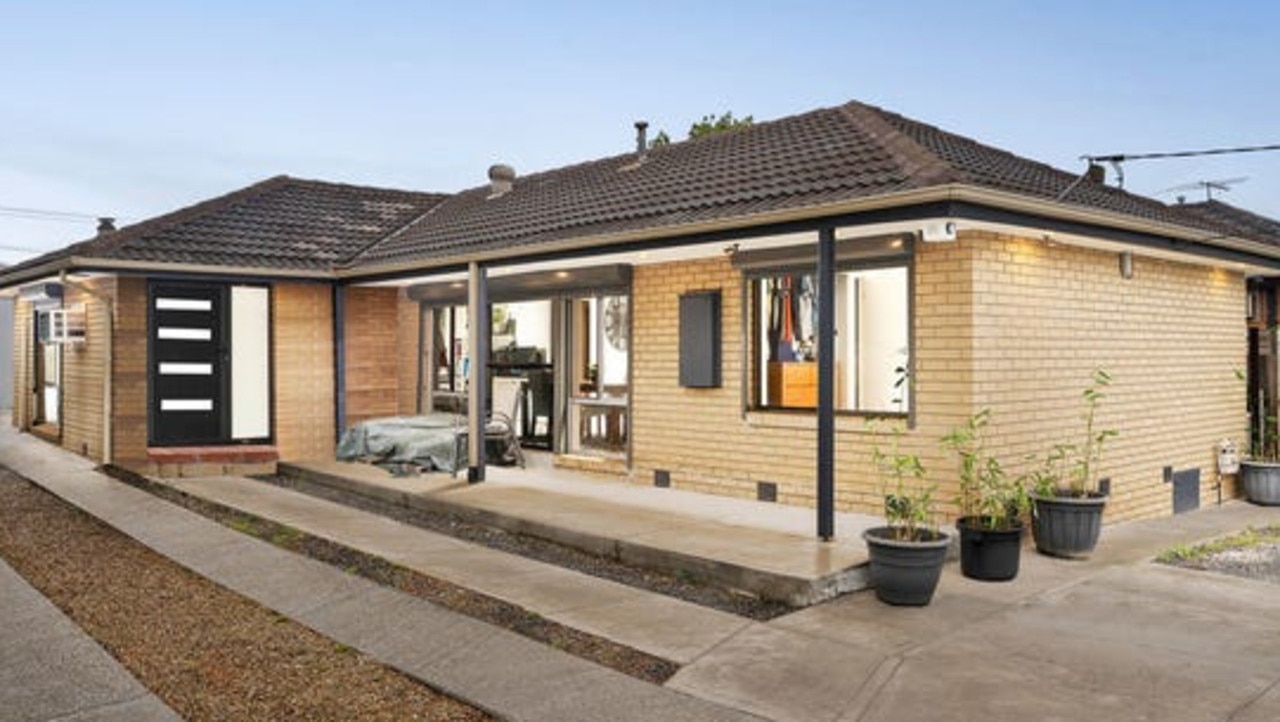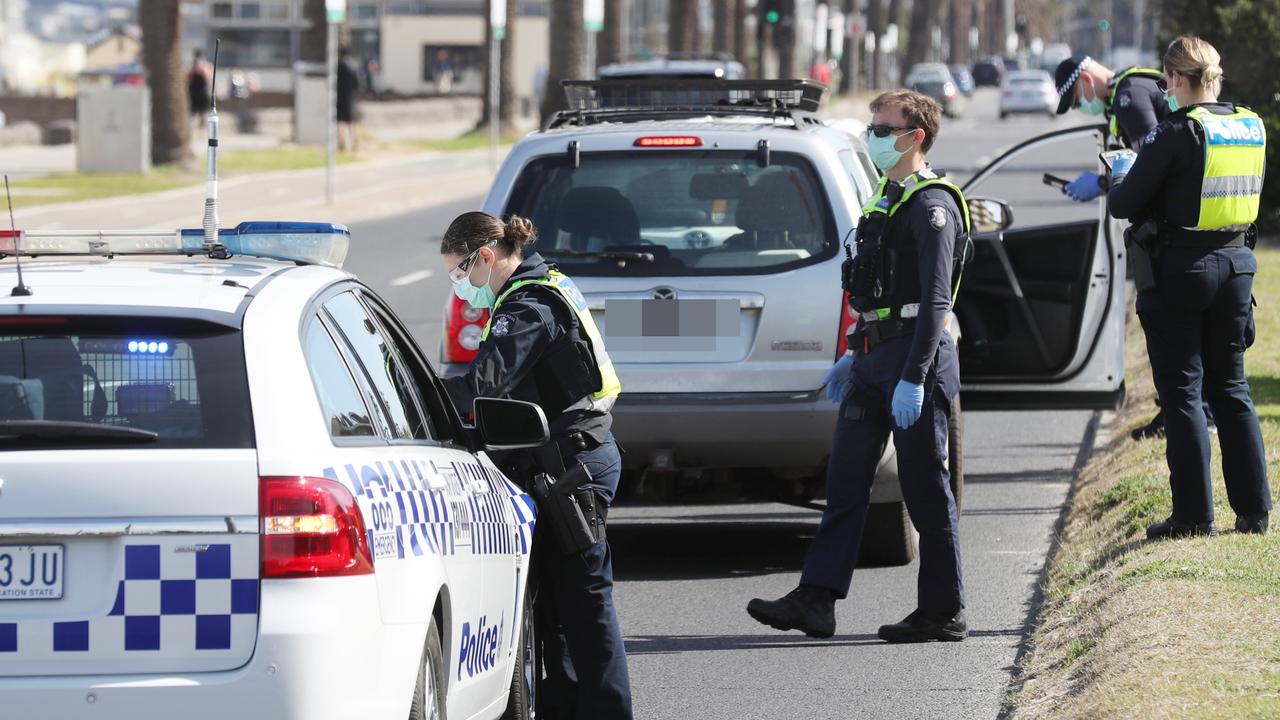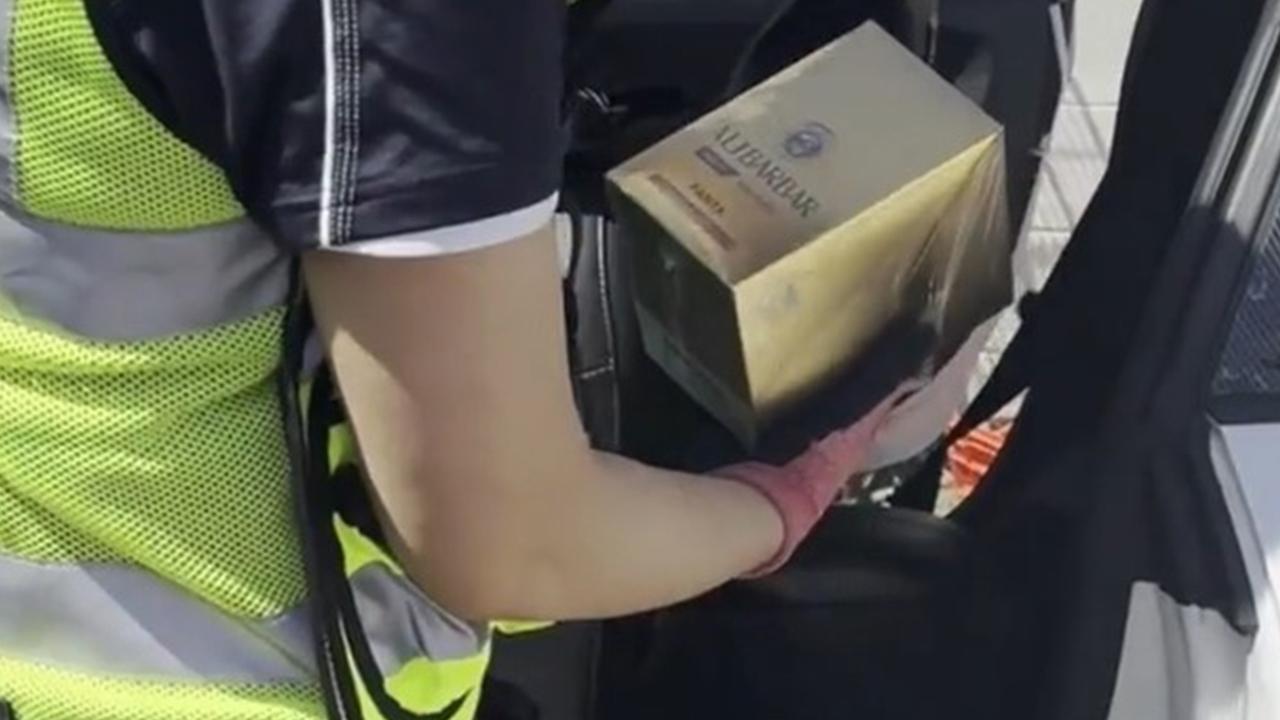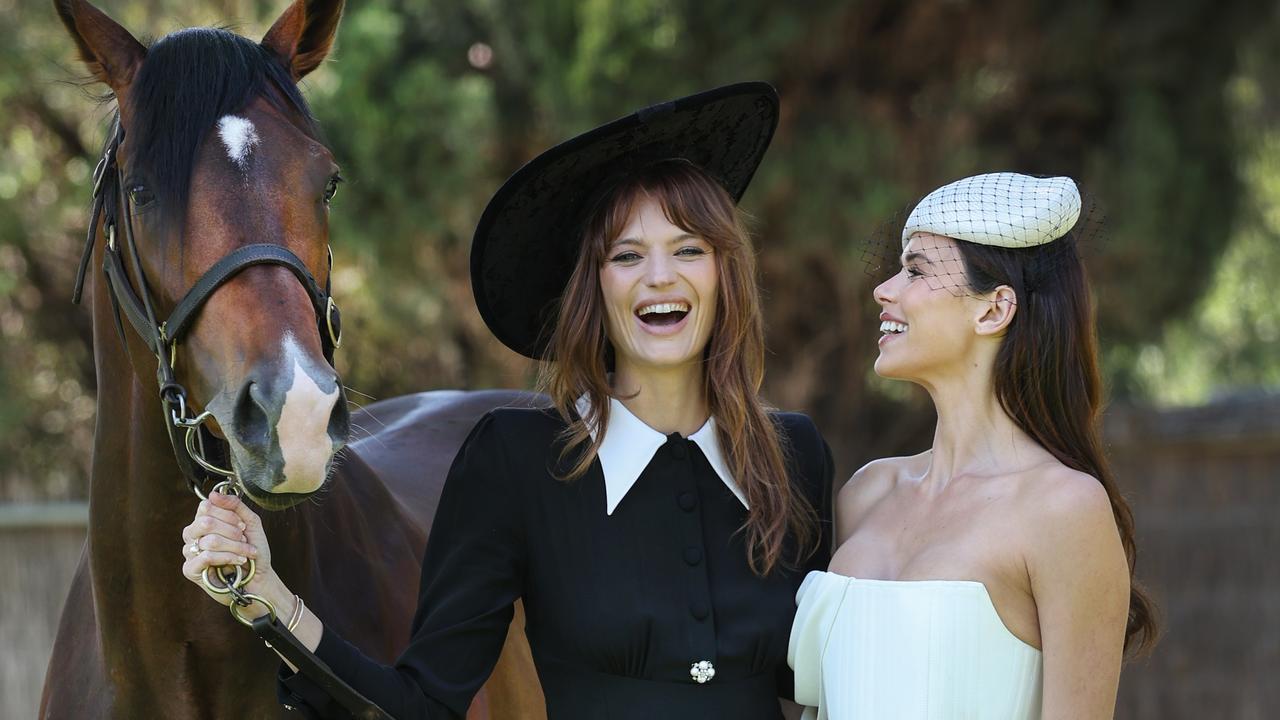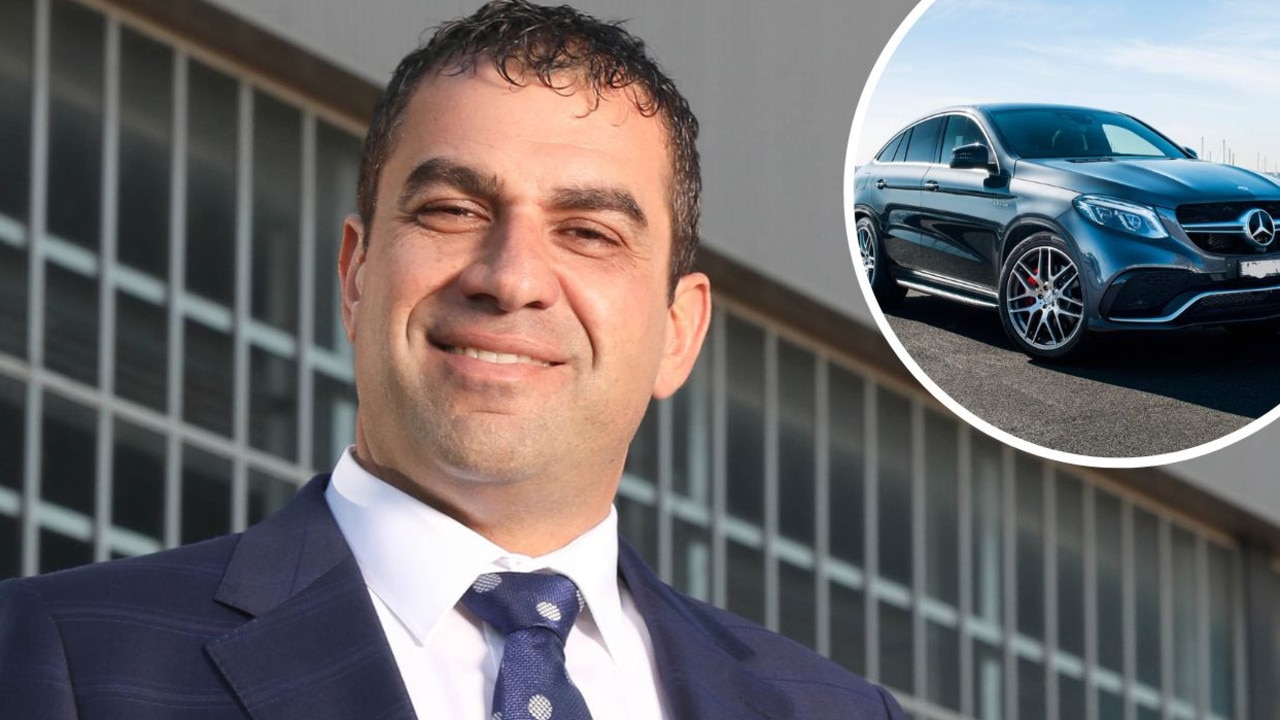What Victoria’s kinder and early childhood system means for parents
Victoria’s kinder system is getting a complete makeover from 2023 — this is what the changes mean for kids and parents.

Victoria
Don't miss out on the headlines from Victoria. Followed categories will be added to My News.
From January 2023, the government will provide free kinder for all three and four-year-olds, saving families up to $2500 per year per child for kinder and $2000 a year on childcare fees.
By 2029, all preschools across the state will provide 15 free hours a week of government-funded kinder for three-year-olds.
By 2032, all preschools will offer 30 hours a week of government funded pre-prep for four-year-olds.
The State Government will also establish 50 new childcare centres in outer suburban and regional areas. A similar scheme has just been announced for NSW as well.
The new system is designed to make childcare cheaper and more accessible, so that families are not penalised by paying more for care as they work more.
It’s estimated that around 27,000 Victorian women are not employed because the cost of childcare means they lose money when they work.
THREE-YEAR-OLD KINDER
While preschools already offer five hours of free three-year-old kinder, by 2029 all centres across the state will provide 15 free hours a week of government-funded kinder.
When will my preschool offer 15 free hours of three-year-old kinder?
The infrastructure is still being built to create these extra places in the system and the 4000 extra staff are yet to be hired. But the government says the rollout is on track to provide 15 free hours of kinder to all by 2029. More detail will be released over the next 12 months.
How much does kinder cost at the moment?
At present parents kindergarten fees for a full 15-hour program are typically around $1,700 to $2,000 a year.
Some children are eligible for free or low-cost kindergarten through an additional kindergarten fee subsidy (e.g. Health Care Card holders).

FOUR-YEAR-OLD KINDER
From 2023, the government will provide 15 hours of free four-year-old kinder. From 2025 the transition will begin from four-year-old kinder to pre-prep, which will be a 30-hour a week program of play-based learning. The transition will occur over the next ten years.
Pre-prep will be delivered through kinders and long day care centres, creating a high-quality, universal program to give four-year-old kids the opportunity to socialise and learn through play.
Will all children have to do pre-prep?
Every four-year-old will be able to be enrolled in pre-prep within 10 years, but it will not be mandatory. However, it is expected to be taken up by more than 90 per cent of families.
Which kinders will move to 30 hours of kinder from 2025 and which ones will take longer?
This detail has not yet been worked out. It will depend on the capacity of individual centres and the availability of trained staff. More information about individual centres will be available in the next year or more.
What will happen to the government subsidies I am already receiving for childcare from the federal government?
The subsidies will continue. When the rollout of the 30 hours for four-year-old kinder is complete, parents will still get subsidies for any additional hours of childcare their children attend.
My children attend a four-year-old kinder at a childcare centre – will they have to move?
No. As the pre-prep program becomes established, the programs will become more educationally focused and staffed by qualified educators. This will happen within the kinder programs at childcare centres as well as stand-alone kinders.
How will the pre-prep program compare to childcare?
The Premier said the new pre-prep program was “much better than paying for childcare”.
“It’s an educational environment it’s not just a play environment,” he said. “Parents will receive the best play-based learning instead of paying out exorbitant childcare fees,” he said.
What if I want my child in more than 15 or 30 hours of childcare as well as preschool?
Some families may still elect to pay additional money for childcare either before or after the 15 or 30 hours of funded preschool. The Premier said this was a matter for individual families.
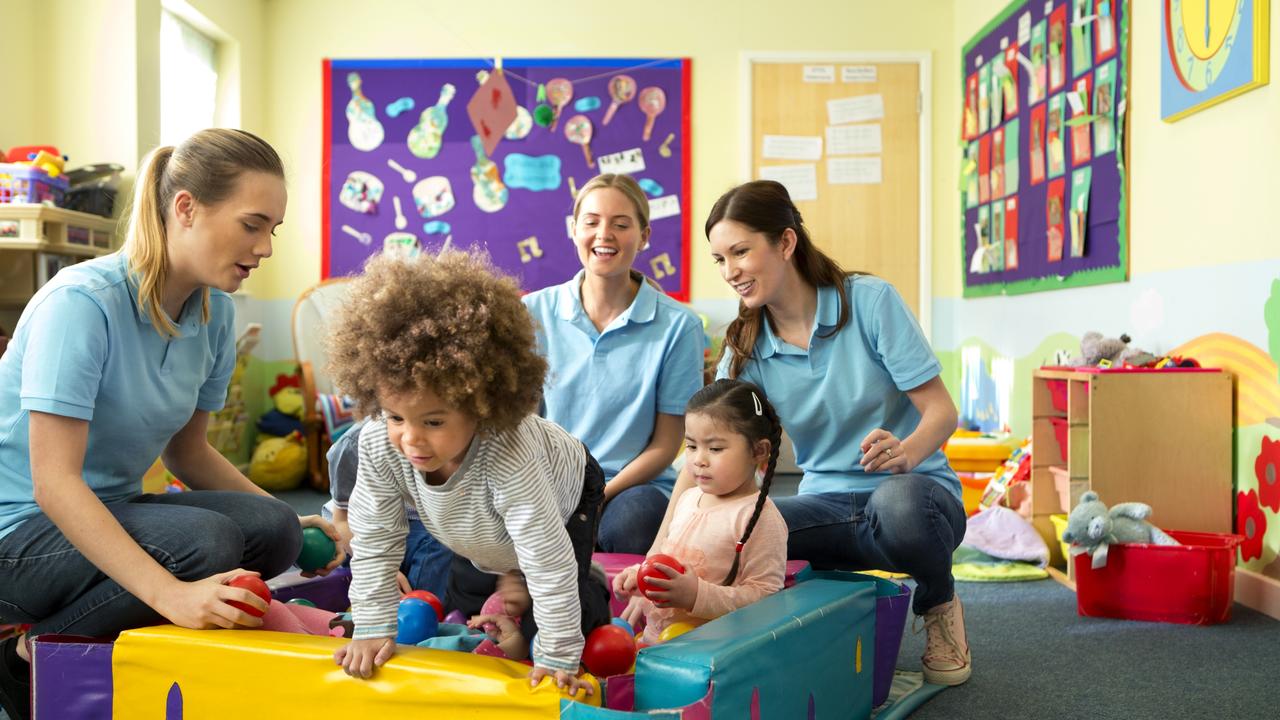
NEW CHILDCARE CENTRES
The first centre of 50 new childcare centres will open in 2025, offering around 5000 places in total. More details will be released in the next few months about what centres will open and when. The centres will deliver childcare, kinder and pre-prep programs.
Where will they be located?
The exact locations are yet to be established, but the Premier said they would be placed in areas where they are needed, such as outer growth suburbs and regional centres. Where possible the centres will be co-located with schools to avoid double drop-offs.
Childcare experts hope the new centres will improve so-called childcare deserts, where there are more than three times as many children as childcare places within a 20-minute drive of the family home. Areas such as Melton, Bacchus Marsh, Keilor, Sunshine, Werribee, Rockbank, Cranbourne and Craigieburn have already been identified as high demand.
How much will the childcare at the new government centres cost?
Mr Andrews said these new centres would be “low-fee, high-quality offerings” and run by the government rather than commercial operators.
“We are not looking to make enormous profits – it will be a very different model” than private childcare, he said.
What hours will these new centres operate?
Where there is demand centres will operate extended hours and on weekends to support families employed in shift work. Otherwise the centres will be open from 6.30am to 8.30pm.
Will I still get federal government subsidies for childcare?
Yes. The federal system of childcare subsidies helping parents meet their out-of-pocket costs will not be changed. However, parents receiving more free kinder hours will have to use less paid childcare, so they will end up paying less overall for childcare.
The Albanese government’s $5.4 billion-a-year childcare plan – which will see households offered bigger subsidies – could be fast-tracked to help parents as well.
What if there aren’t enough staff?
The new system needs at least 11,000 new staff for the childcare and kinder programs.
The Premier says “it won’t be easy to find the staff” but he is confident more people will take “good jobs” working in preschools. The government is working with universities and TAFE and unions to boost enrolment numbers of students. They are also working with the federal government to get skilled migration claims processed from overseas.
How much does childcare cost now?
The Grattan Institute estimates the average childcare cost a day is $110 at present, but subsidies mean parents only pay up to 85 per cent of this amount. But caps mean not all childcare is subsidised.
According to the Mitchell Institute, the average out-of-pocket fees for the first child in childcare, using an average of 30 hours a week, are about $5000 a year, more than the average fees for a private primary school. Childcare fees are crippling family budgets, with the typical household spending up to 20 per cent of their income to cover these ever-increasing costs.
More Coverage
Originally published as What Victoria’s kinder and early childhood system means for parents



